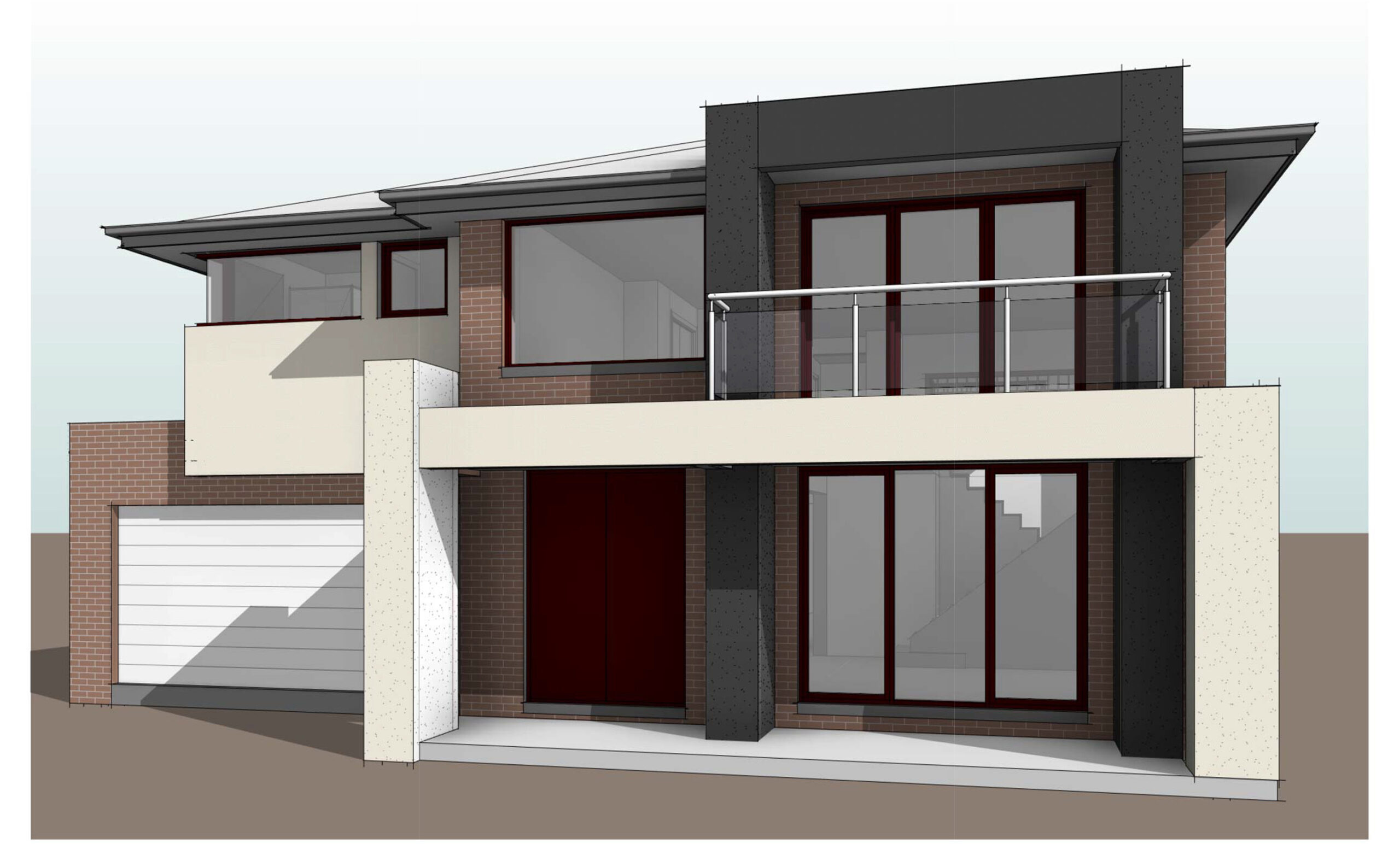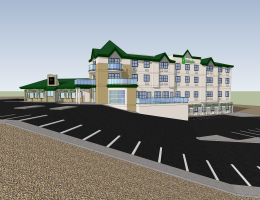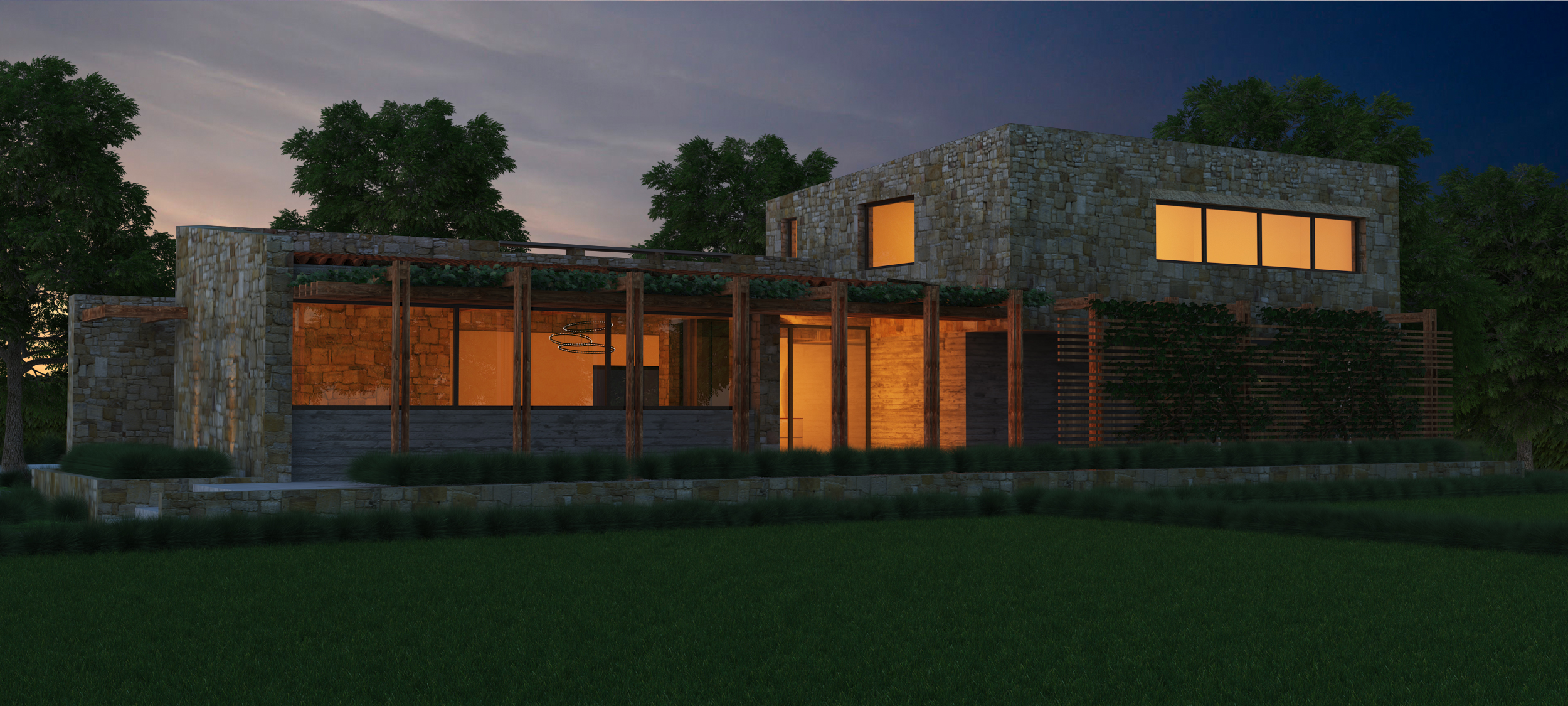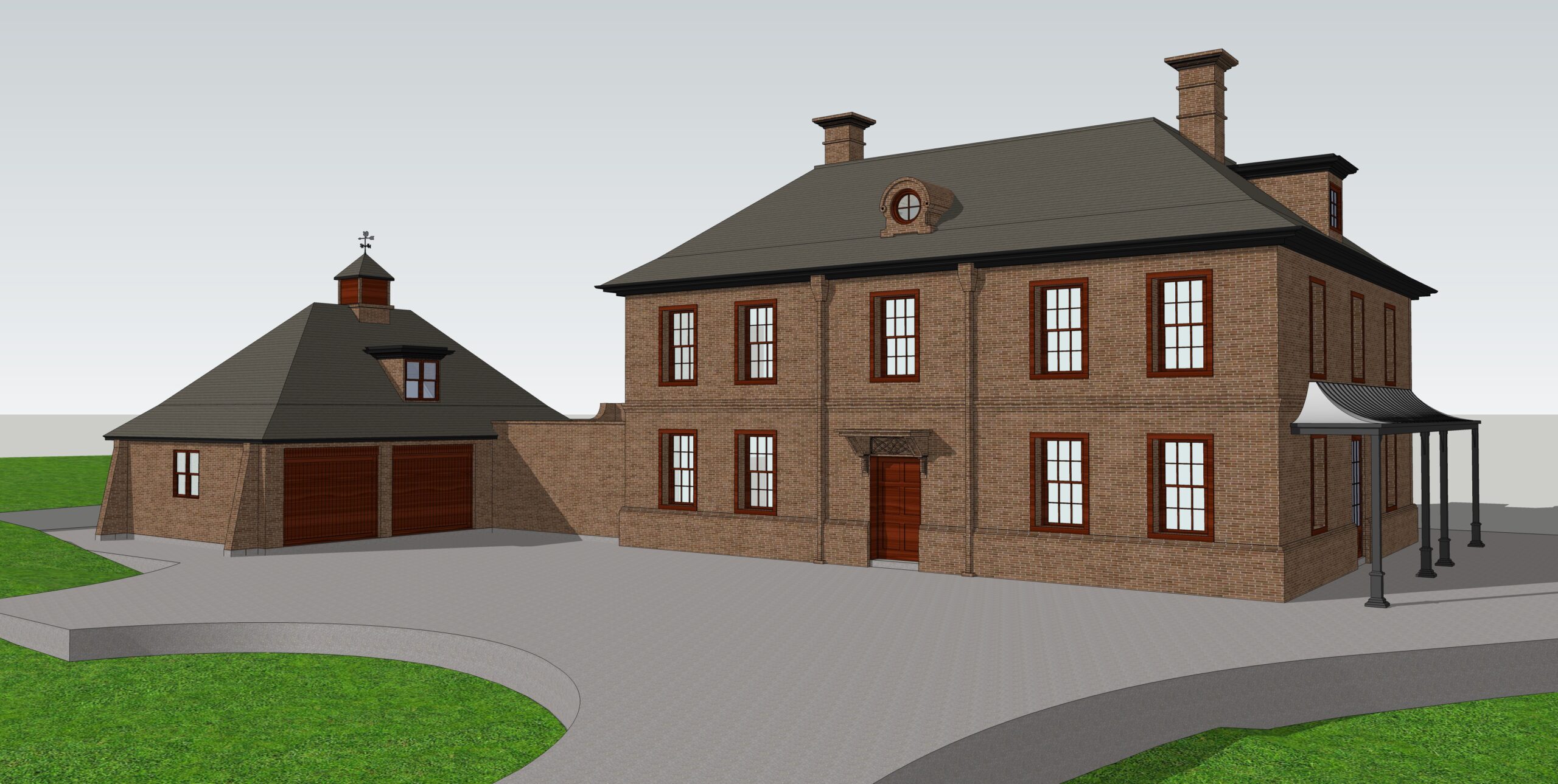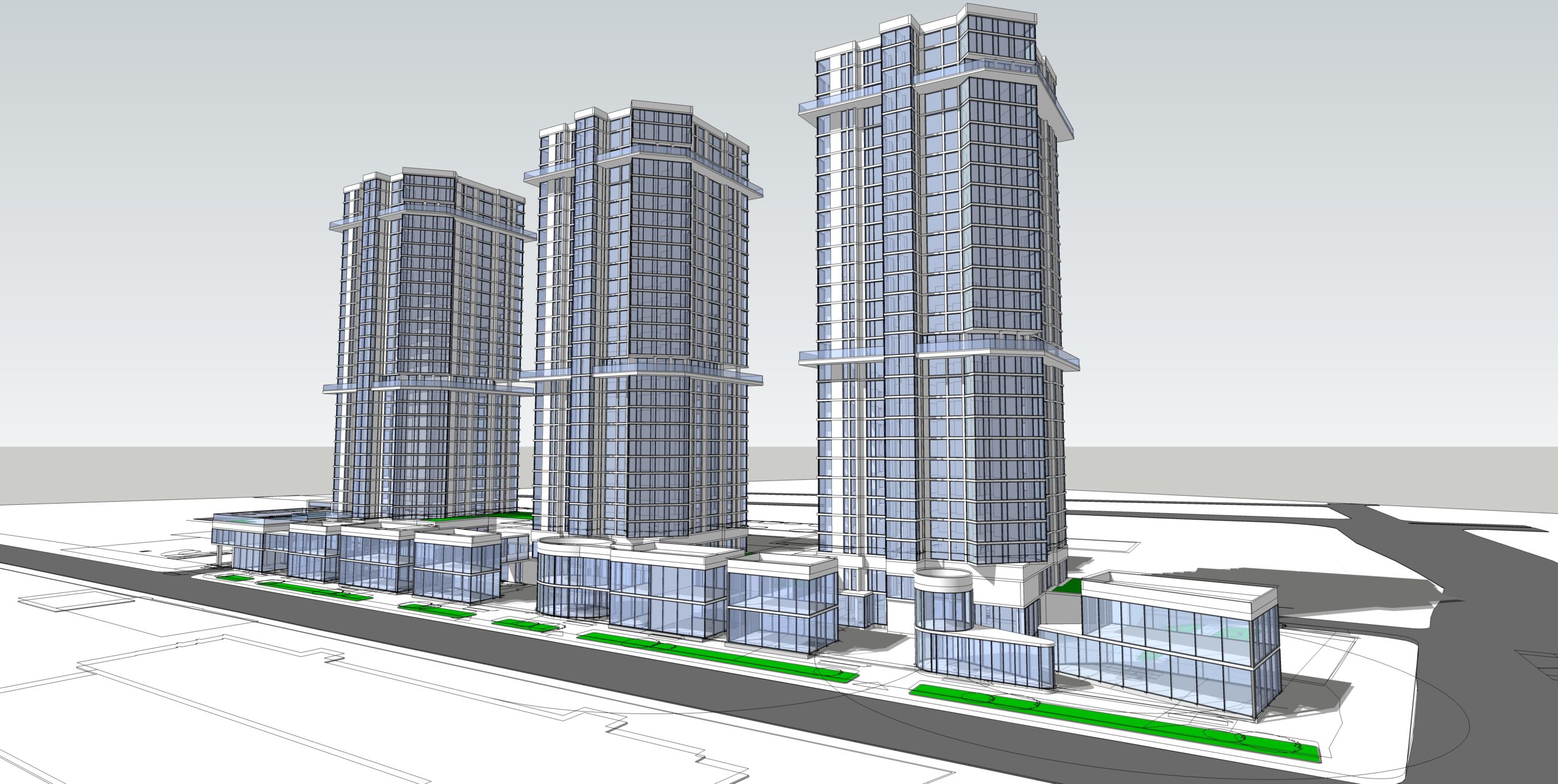FUTURE OF 3D MODELING AR VR
Posted on : Jun 19, 2023
The future of 3D modeling using augmented reality (AR) and virtual reality (VR) holds tremendous potential for various industries and creative fields. Here are some potential advancements and trends that we might see in the future:
Enhanced Design and Visualization: AR and VR can revolutionize the way 3D models are designed and visualized. With these technologies, designers and artists can create and manipulate virtual objects in a more intuitive and immersive manner, allowing for faster iteration and better understanding of spatial relationships.
Real-Time Collaboration: AR and VR can facilitate real-time collaboration among designers and stakeholders from different locations. Multiple users can join a virtual environment, interact with 3D models, and make changes simultaneously, leading to more efficient teamwork and streamlined decision-making processes.
Physical Interaction and Haptic Feedback: Future advancements may enable users to physically interact with virtual 3D models using advanced haptic feedback systems. This could involve the use of gloves, exoskeletons, or other wearable devices that provide tactile sensations, allowing users to feel and manipulate virtual objects as if they were real.
Improved Accessibility: As AR and VR technologies become more affordable and accessible, 3D modeling tools and applications will reach a wider audience. This will empower individuals with limited technical skills or resources to engage in 3D modeling and unleash their creativity in new and exciting ways.
Integration with Artificial Intelligence: AI can play a significant role in the future of 3D modeling using AR and VR. AI algorithms can automate certain aspects of the modeling process, such as generating 3D models from 2D sketches or optimizing the geometry of complex objects. AI can also assist in generating realistic textures, lighting effects, and animations, making the creation process more efficient and realistic.
Industry Applications: AR and VR will find widespread use across various industries. For example, architects and engineers can use these technologies to visualize and simulate building designs before construction, allowing for better planning and minimizing errors. In the gaming and entertainment industry, AR and VR can create immersive virtual worlds and characters. Medical professionals can leverage these technologies for training, surgical simulations, and patient education.
Augmented Reality in Everyday Life: With the increasing adoption of AR-enabled devices like smart glasses or contact lenses, 3D models could become seamlessly integrated into our daily lives. For instance, users might interact with virtual objects overlaid on the physical world, such as trying out furniture in their living room or receiving real-time instructions on how to repair a device.
It’s important to note that the future is constantly evolving, and the possibilities for AR and VR in 3D modeling are vast. The advancements mentioned here is just a glimpse of what could be achieved as technology continues to progress and creativity finds new ways to leverage these powerful tools.
